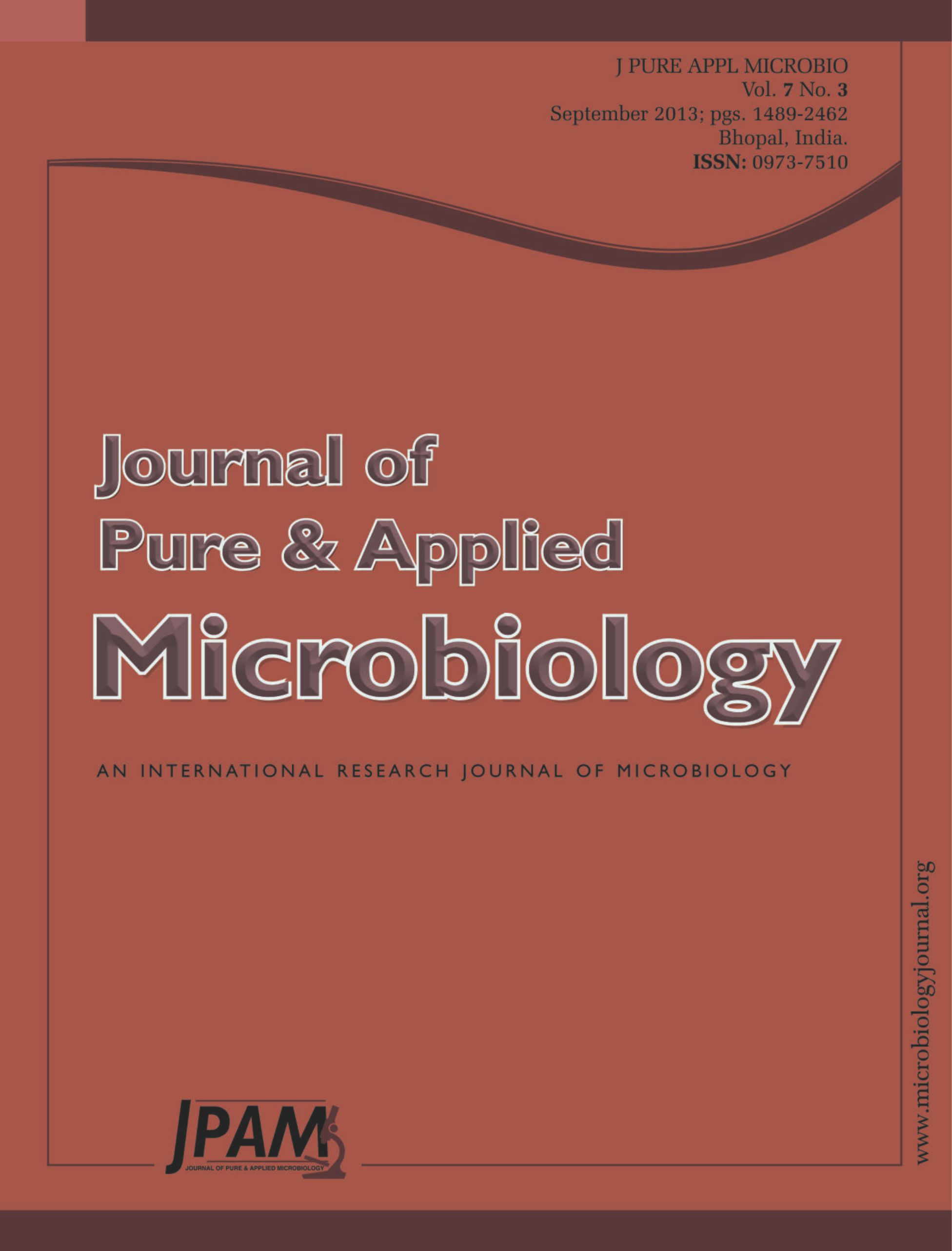In order to improve acid tolerance of Bacillus amyloliquefaciens a-amylase, error-prone PCR was used to randomize mutagenesis of the a-amylase gene from Bacillus amyloliquefaciens, and a mutant G300H was selected. The a-amylase activity of the mutant G300H (1,887 U/mg) was 9.6% higher than that of the wild type (WT) (1,722 U/mg). At pH 4.0, the a-amylase activity of the mutant G300H and the WT were 804 and 522 U/mg, respectively; this finding suggested that the acid tolerance of a-amylase G300H was 54.0% higher than that of the WT. The residual a-amylase activities of the mutant G300H and WT were 684 and 206 U/mg, respectively, after treatment at 70°C for 5 min, suggesting that the thermostability of a-amylase G300H was 2.3× higher than that of the WT. The Km of the a-amylase and the WT were 5.033 and 5.63 mg/mL, respectively, which indicated that the catalyzing efficiency of G300H was improved.
Acid tolerance, a-amylase, Bacillus amyloliquefaciens, Error-prone PCR
© The Author(s) 2014. Open Access. This article is distributed under the terms of the Creative Commons Attribution 4.0 International License which permits unrestricted use, sharing, distribution, and reproduction in any medium, provided you give appropriate credit to the original author(s) and the source, provide a link to the Creative Commons license, and indicate if changes were made.


